Effect of Home Blood Pressure Telemonitoring and Pharmacist Management on Blood Pressure ControlA Cluster Randomized Clinical Trial
 Por: Karen L. Margolis, MD, MPH; Stephen E. Asche, MA; Anna R. Bergdall, MPH; Steven P. Dehmer, PhD; Sarah E. Groen, PharmD; Holly M. Kadrmas, PharmD; Tessa J. Kerby, MPH; Krissa J. Klotzle, PharmD; Michael V. Maciosek, PhD; Ryan D. Michels, PharmD; Patrick J. O’Connor, MD, MPH; Rachel A. Pritchard, BA; Jaime L. Sekenski, BS; JoAnn M. Sperl-Hillen, MD; Nicole K. Trower, BA. JAMA. 2013;310(1):46-56.
Por: Karen L. Margolis, MD, MPH; Stephen E. Asche, MA; Anna R. Bergdall, MPH; Steven P. Dehmer, PhD; Sarah E. Groen, PharmD; Holly M. Kadrmas, PharmD; Tessa J. Kerby, MPH; Krissa J. Klotzle, PharmD; Michael V. Maciosek, PhD; Ryan D. Michels, PharmD; Patrick J. O’Connor, MD, MPH; Rachel A. Pritchard, BA; Jaime L. Sekenski, BS; JoAnn M. Sperl-Hillen, MD; Nicole K. Trower, BA. JAMA. 2013;310(1):46-56.
At baseline, enrollees were 45% women, 82% white, mean (SD) age was 61.1 (12.0) years, and mean systolic BP was 148 mm Hg and diastolic BP was 85 mm Hg. Blood pressure was controlled at both 6 and 12 months in 57.2% (95% CI, 44.8% to 68.7%) of patients in the telemonitoring intervention group vs 30.0% (95% CI, 23.2% to 37.8%) of patients in the usual care group (P = .001). At 18 months (6 months of postintervention follow-up), BP was controlled in 71.8% (95% CI, 65.0% to 77.8%) of patients in the telemonitoring intervention group vs 57.1% (95% CI, 51.5% to 62.6%) of patients in the usual care group (P = .003). Home BP telemonitoring and pharmacist case management achieved better BP control compared with usual care during 12 months of intervention that persisted during 6 months of postintervention follow-up. [Actualizado: 5 de agosto 2013].
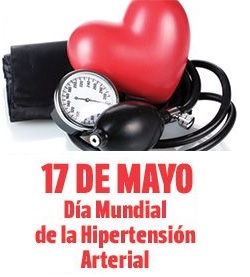
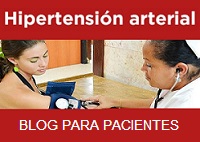


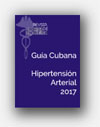
![Glosario: hipertensión [Hipertensión arterial en la atención primaria de salud. 2009]](http://temas.sld.cu/hipertension/files/2016/04/Glosario-e1541006177950.jpg)
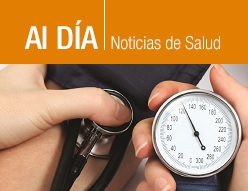
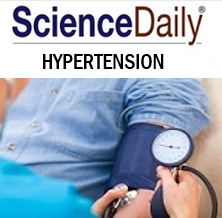
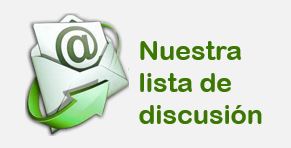
Comentarios recientes